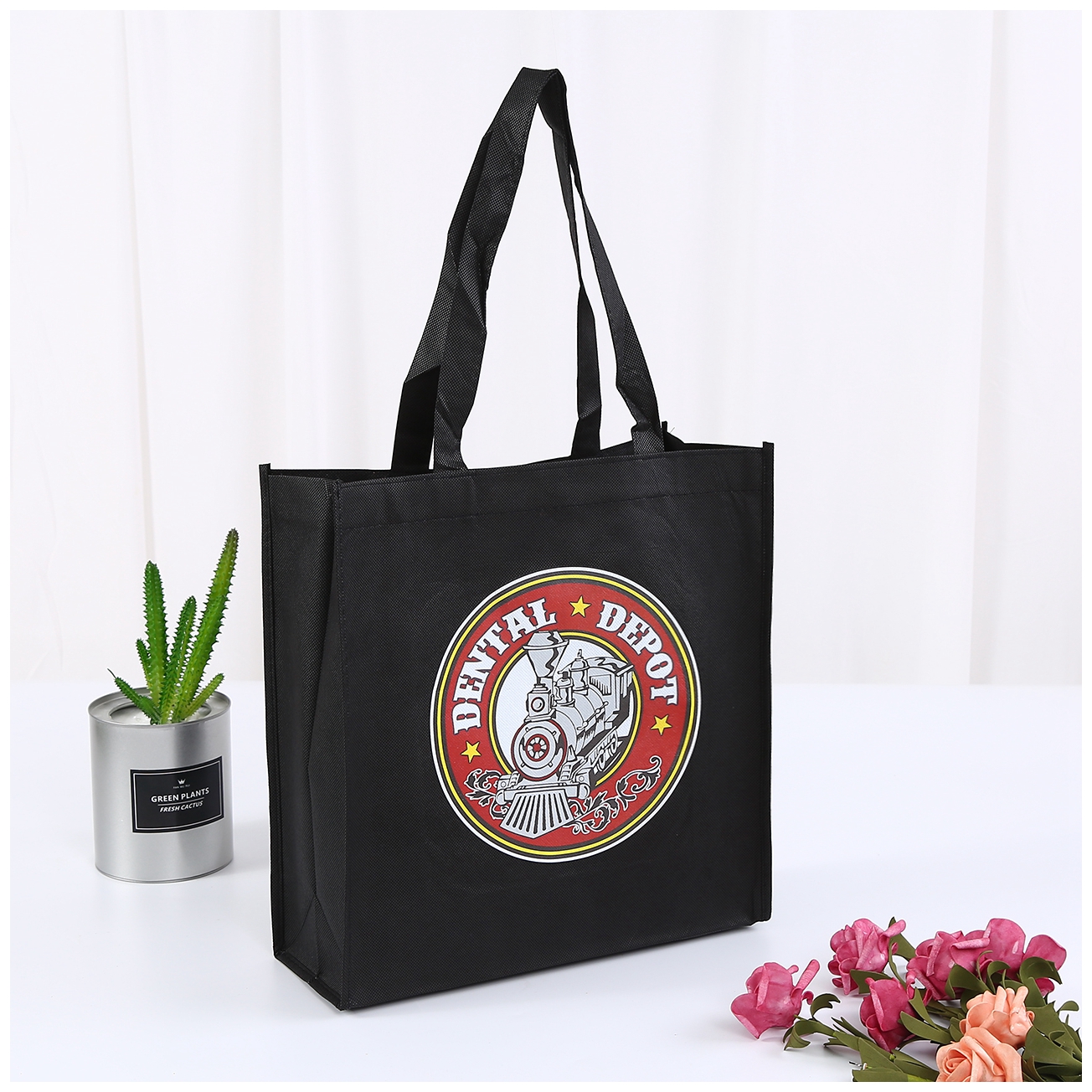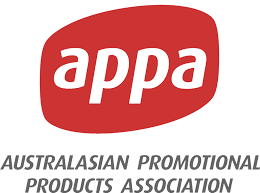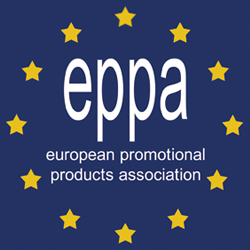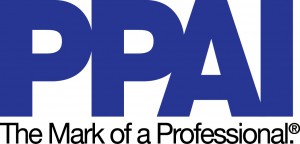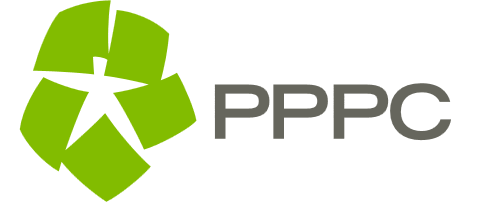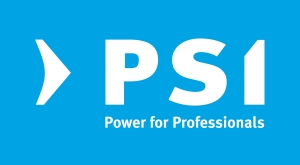In recent years, non-woven bags are popular. Whether it's shoes, clothes or roast chicken, the merchants will give a non-woven bag. Non woven bags not only provide convenience for shoppers, businesses can also use the customized logo with the logo of the business to promote products or brands again.

When it comes to choosing promotional bags for your small business, two contenders stand out: non-woven bags and paper bags. Both are popular for their versatility, but their strengths and weaknesses vary drastically. In this article, we’ll break down the pros and cons of each, compare their performance across key metrics (cost, durability, sustainability, brand appeal), and help you decide which is best for your next campaign.
1. Material & Production Basics
Understanding the core materials and manufacturing processes is key to evaluating their performance.
Non-Woven Bags
Material: Made from polypropylene (PP) or polyethylene (PE) fibers, bonded together through thermal or chemical processes (no weaving involved).
Production: Extruded into sheets, then bonded using heat, pressure, or adhesives. Often laminated with PE for water resistance.
Key Trait: Lightweight, flexible, and durable—ideal for repeated use.
Paper Bags
Material: Made from wood pulp (virgin or recycled), processed into sheets via pulping, bleaching, and forming.
Production: Rolled into cylinders, cut into bags, and finished with printing, laminating (e.g., matte/glossy), or coating (e.g., wax for water resistance).
Key Trait: Biodegradable (if uncoated) but less durable when wet.
2. Pros & Cons Comparison
A. Cost Efficiency
| Metric | Non-Woven Bag | Paper Bag |
|---|---|---|
| Raw Material Cost | Low (PP/PE is cheap and widely available). | Moderate to high (wood pulp prices fluctuate with lumber markets). |
| Production Cost | Moderate (requires specialized machinery for bonding/fusing). | Low (simpler processes like printing and cutting). |
| Transportation Cost | Low (lightweight, compact rolls). | High (bulky, takes up more space per unit). |
| Batch Pricing (1k Units) | 0.80–2.50/unit (depends on size, thickness, and printing). | 0.50–1.50/unit (uncoated); 1.00–3.00/unit (coated/waterproof). |
Verdict: Paper bags are cheaper upfront for small orders, but non-woven bags become more cost-effective for large batches due to lower transportation and material costs.
B. Durability & Functionality
| Metric | Non-Woven Bag | Paper Bag |
|---|---|---|
| Weight Capacity | High (10–20 lbs for standard 16oz bags). | Low (2–5 lbs; tears easily under heavy loads). |
| Tear Resistance | Strong (fibrous structure resists punctures). | Weak (paper fibers split under stress). |
| Water Resistance | Good (PE-laminated versions repel water). | Poor (uncoated paper dissolves in rain; coated versions are water-resistant but not waterproof). |
| Lifespan | 50–100+ uses (if cared for). | 1–3 uses (tears, stains, or disintegrates). |
Verdict: Non-woven bags are far more durable, making them ideal for daily use or high-traffic promotions (e.g., grocery stores, gyms). Paper bags are better for single-use or short-term events (e.g., concerts, street fairs).
C. Sustainability
| Metric | Non-Woven Bag | Paper Bag |
|---|---|---|
| Biodegradability | Poor (PP/PE is non-biodegradable; takes 20–100+ years to decompose). | Good (uncoated paper decomposes in 2–4 weeks; recycled paper reduces waste). |
| Recyclability | Low (most recycling facilities don’t accept PP/PE blends). | High (recycled paper is widely accepted; 65% of paper bags are recycled in the U.S.). |
| Carbon Footprint | High (PP production emits 3x more CO₂ than paper). | Lower (paper production uses renewable wood pulp; emissions are 40% lower than non-woven). |
Verdict: Paper bags are more eco-friendly for single-use or recycled scenarios, but non-woven bags have a larger environmental footprint. To offset this, many brands now offer recycled non-woven bags (made from 30–50% post-consumer plastic).
D. Brand Appeal & Design Flexibility
| Metric | Non-Woven Bag | Paper Bag |
|---|---|---|
| Print Quality | Excellent (vibrant colors, detailed graphics via digital or screen printing). | Good (limited to flat colors or simple patterns; raised ink can crack). |
| Surface Texture | Soft, cloth-like feel (premium appeal). | Smooth, paper-like texture (classic but less “luxurious”). |
| Shape/Size Options | Highly customizable (pouches, totes, backpacks; sizes from 5”x5” to 24”x16”). | Limited (mostly rectangular; sizes constrained by paper strength). |
| Perceived Value | Mid-range to high (feels durable and reusable). | Budget-friendly (perceived as “disposable”). |
Verdict: Non-woven bags excel at elevating brand image—they feel more “premium” and are often reused, extending brand visibility. Paper bags are better for casual, low-cost campaigns (e.g., coffee shop takeout).
E. Practical Use Cases
Non-Woven Bags:
Best for: Grocery stores, gyms, eco-conscious brands, and events where reuse is encouraged (e.g., farmers’ markets, workshops).
Example: A boutique giving custom non-woven totes with a “Shop Local” logo—customers reuse them weekly, keeping the brand top-of-mind.
Paper Bags:
Best for: Restaurants, cafes, street fairs, and one-time events (e.g., product launches, pop-ups).
Example: A coffee shop using biodegradable paper bags with a seasonal design—customers enjoy the “eco-friendly” vibe but don’t expect long-term reuse.
3. When to Choose Which?
Use this decision tree to pick the right bag for your promotion:
| Factor | Choose Non-Woven Bags If… | Choose Paper Bags If… |
|---|---|---|
| Budget | You need long-term value (large batches). | You have a small budget (small orders). |
| Durability | The bag will be used repeatedly. | Single-use or short-term use. |
| Sustainability | You want recyclable/recycled materials. | You prioritize biodegradability. |
| Brand Image | You want a premium, reusable look. | You need a casual, disposable feel. |
| Event Type | Farmers’ markets, workshops, gym promotions. | Concerts, street fairs, takeout services. |
Final Verdict
Non-woven bags and paper bags serve distinct purposes. Non-woven bags are the workhorses of promotional items—durable, reusable, and brand-enhancing—while paper bags shine in casual, short-term settings where cost and biodegradability matter most.
For most small businesses, non-woven bags offer better ROI due to their longevity and reusability, especially if your goal is to build long-term brand recognition. However, if you’re hosting a one-off event or prioritizing eco-friendly disposal, paper bags are a solid choice.
Whichever you pick, pair it with bold branding (clear logos, vibrant colors) to maximize impact—your customers will carry your message far beyond the initial promotion!
